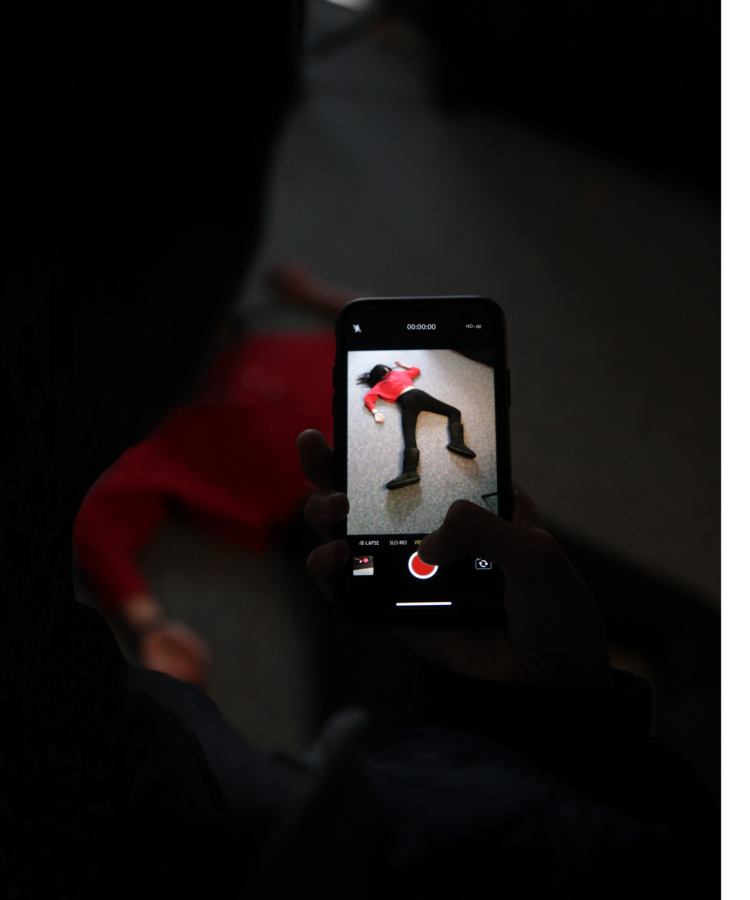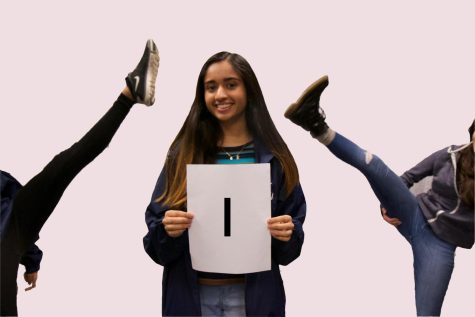Policing viral videos turning difficult in a digital age
YouTube not to blame for Logan Paul incident despite controversy
January 25, 2018
When he saw a dead man’s body hanging from a branch in the Aokigahara Forest in Japan, colloquially known as the “suicide forest,” all Logan Paul could do was laugh while he recorded the tragedy on Dec. 31 for another video to upload. All YouTube could do was offer an online apology after the video had been removed after hitting 6.3 million views. This delayed response was only YouTube adhering to its own policies, allowing Paul to receive his just deserts.
Logan Paul made an egregious error by posting a video of a dead man’s body, and due to the sensitive nature of the dead man’s cause of death — suicide — it was both insensitive and disrespectful to the deceased’s family along with others who have been in similar circumstances.
“What Logan Paul did was cruel and completely absurd,” said junior Marie Karpinska, a beauty vlogger on YouTube. “He should have turned the camera off, or not have uploaded the video at all.”
Paul’s video was up for no more than a day; YouTube did not take it down or alter it in any form, since it would have been a violation of the platform’s policy, which states that graphic or violent content is permissible in a news or documentary context. Although Paul’s content was insensitive and revolting, having a dead body on the screen is not a direct violation of YouTube’s guidelines. Channels such as CNN and other news providers post videos of areas torn by war, which often contain graphic content such as bloodied limbs and dead bodies.
Furthermore, YouTube was quick to disenfranchise Paul, posting an apology on Twitter to highlight the indecency of his content, removing him from a show and deleting his projects from Google’s preferred content page indefinitely.
“I think that [Paul] built his reputation himself, and YouTube should choose who they want to be represented by,” said Karpinska. “Logan Paul deserved his punishments, since his video was inappropriate for many of his young subscribers.”
While YouTube is a strong model of an open forum, Facebook has not been able to maintain the same standard since it currently does not have the technology to automatically detect inappropriate content the same way that YouTube is able to monitor copyrighted and harmful content. Facebook Live, however, only regulates malicious content when other users feel compelled to report what they see.
“I’ve had times where parts of my video were muted, so I know that YouTube has the ability to monitor videos,” said Karpinska. “It’s good because it protects me from copyright issues, since it is better to have the audio removed than be faced with a lawsuit.”
For instance, in April 2017, a father in Thailand livestreamed a video of him killing his infant daughter, as the mother watched online and cried. His profile remained up on Facebook for a few weeks, and his video for over a day, gaining approximately 200,000 views.
In March 2017, five Chicago teens live streamed themselves sexually assaulting a 15-year-old girl as more than 40 people watched online. Although the girl’s mother and uncle reported the video, it was not taken down until police officers contacted Facebook.
Letting graphic videos gain views despite numerous reports and flags indicates nothing but Facebook Live’s inability to adapt in order to avoid similar situations.
“Even though live streams are awesome, there is no way for Facebook to censor videos of murder and suicide during one,” said junior Greg Gontier, who posts music covers on YouTube. “Right now, Facebook Live does not have something like an algorithm to detect inappropriate videos.”
Painting YouTube with the same brush as Facebook Live due to one mistake is unfair to a site that has provided many with educational and insightful content. As inappropriate as Paul’s video was, it technically did not violate any guidelines; however, YouTube still understood people’s distaste for such content. Although people were quick to scrutinize YouTube for Paul’s actions, its efforts in reprimanding him and making an example out of his unacceptable behavior clearly shows that the site is learning from its mistakes and forging a new path in the world of audiovisual content.




































































